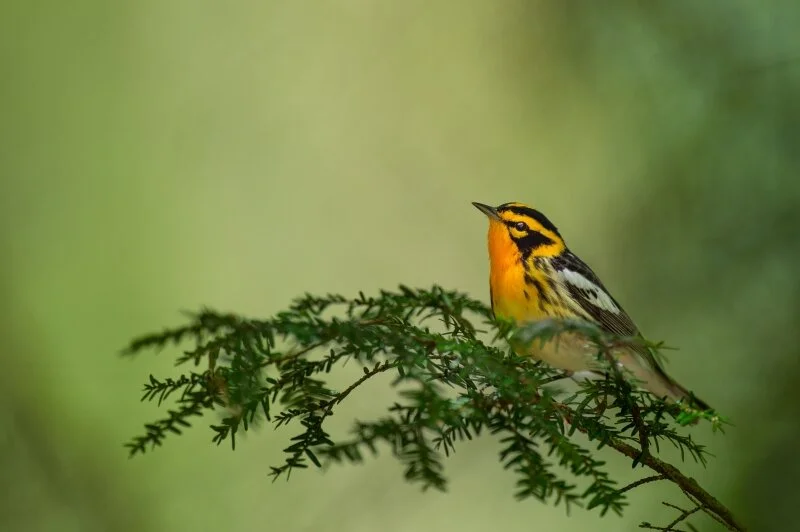If you spend any time walking in coniferous forests, you've no doubt wandered right under these busy little birds without knowing it. They feed high in the treetops and are so small and active that they are easily missed - unless you’re a seasoned birder and can recognize the noisy high-pitched calls of foraging flocks.
Wild Reads: Ravens in Winter
Wise Oaks, Clever Jays
It's another big acorn year, and many oak trees have dropped their acorns relatively early - presumably because they are stressed from the drought, and can’t afford the resources needed to grow their seeds to maturity. Meanwhile, small flocks of blue jays (often family groups) are moving through hardwood forests - busily collecting and caching these synchronized seeds.
Water for Wildlife - Birdbath Basics & More
Hungry Little Hummingbirds
Hatching Out: Mother Nature's "Escape Room"
Waves of Warblers
Attracting Bluebirds without Boxes
Sky Dancing
Corvids a-Courtin’
Where Have All the Whip-poor-wills Gone?
Last summer about this time of year my family and I were camped in a far corner of a local campground, up against a recently harvested woodlot. One evening, we were sitting around the campfire when we heard the distinctive song of a Whip-poor-will coming from the logged area. We were thrilled! You see, it's become rare to hear a Whip-poor-will, and that's why we were so excited to hear one around the campfire.
Eastern Whip-poor-will populations have declined 60% over the past 45 years. Why Have Their Numbers Dwindled So Much?












